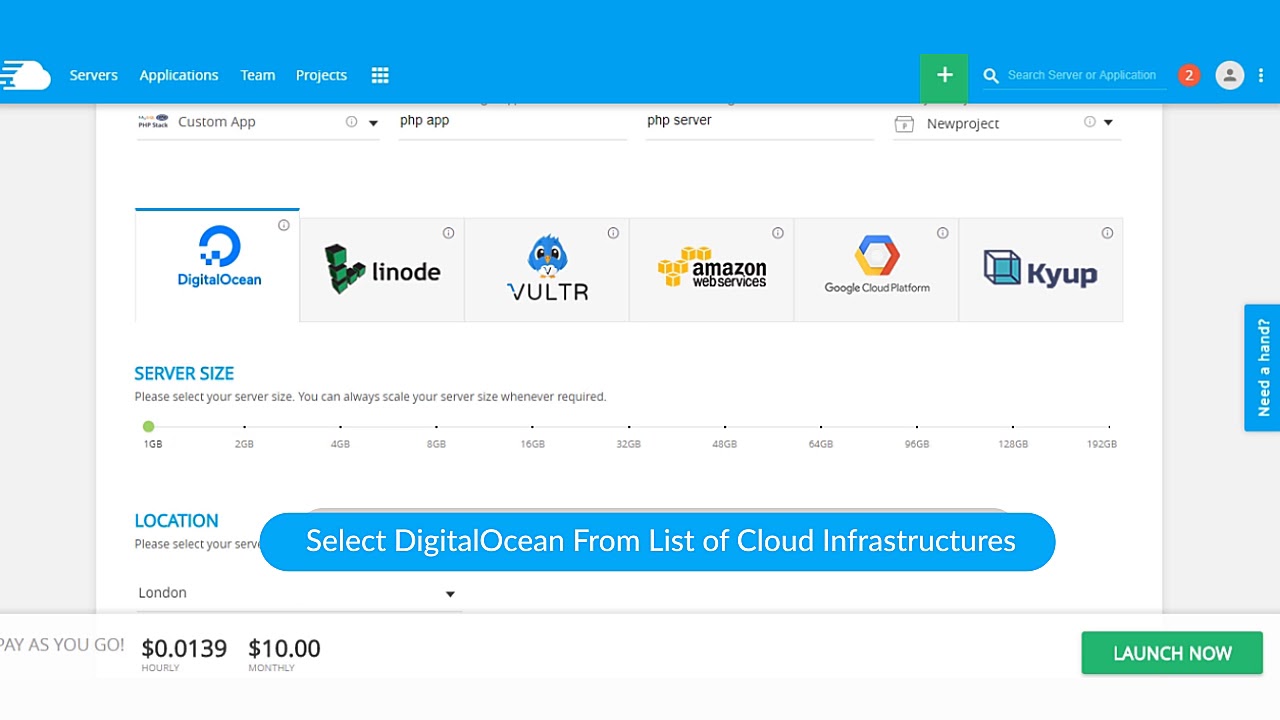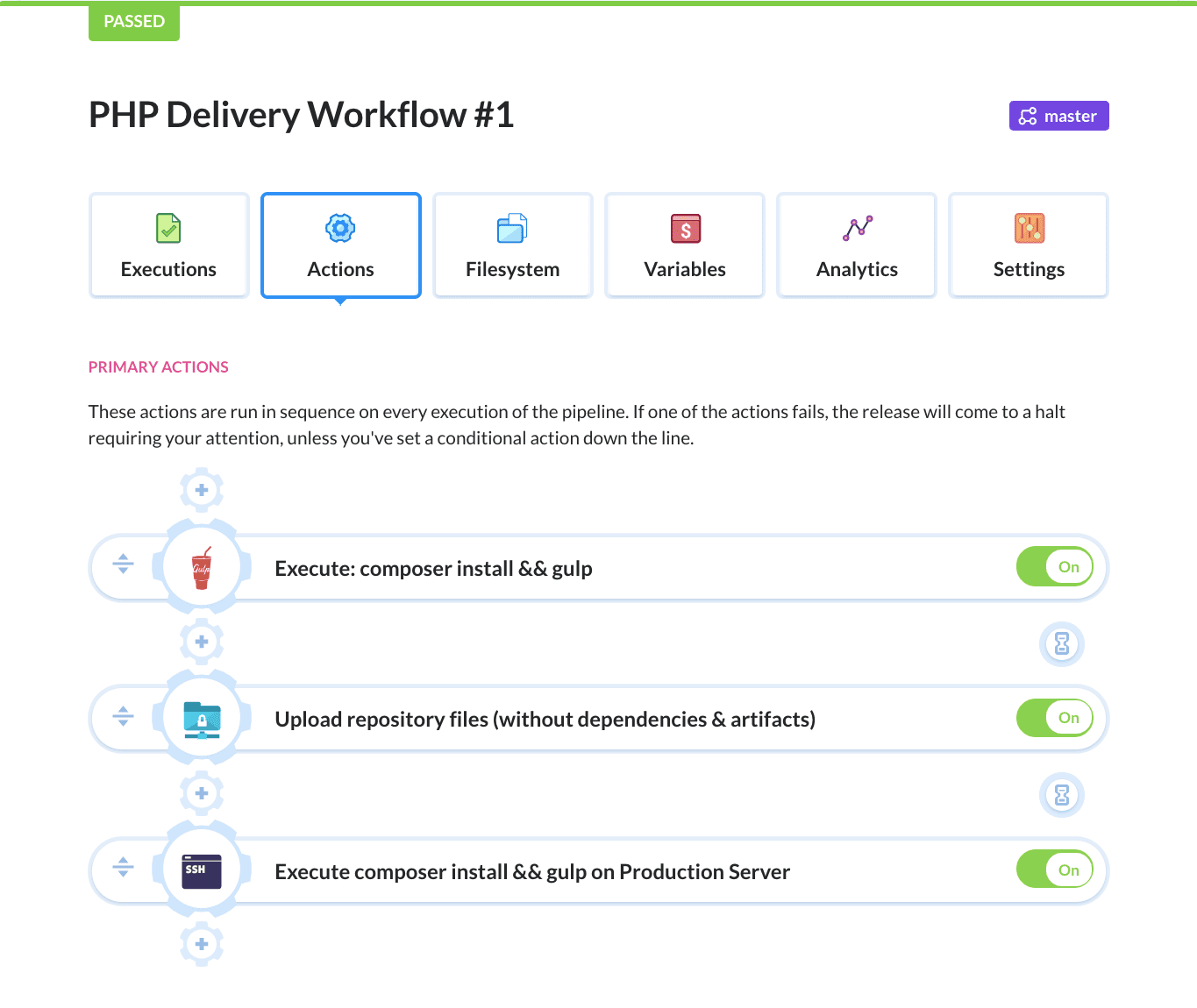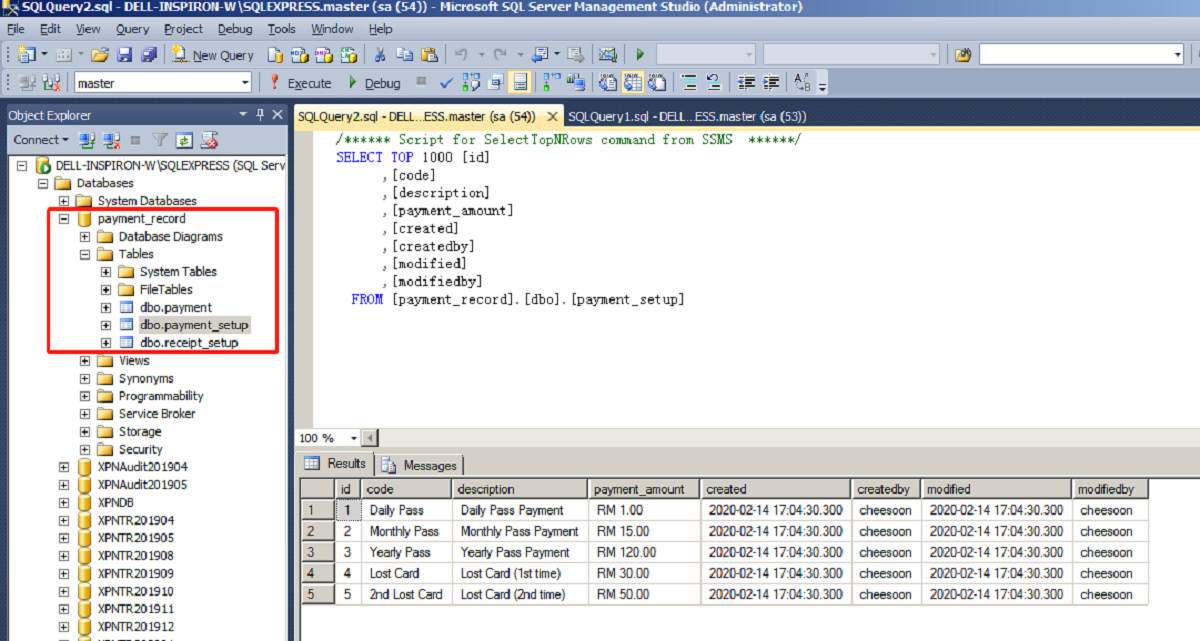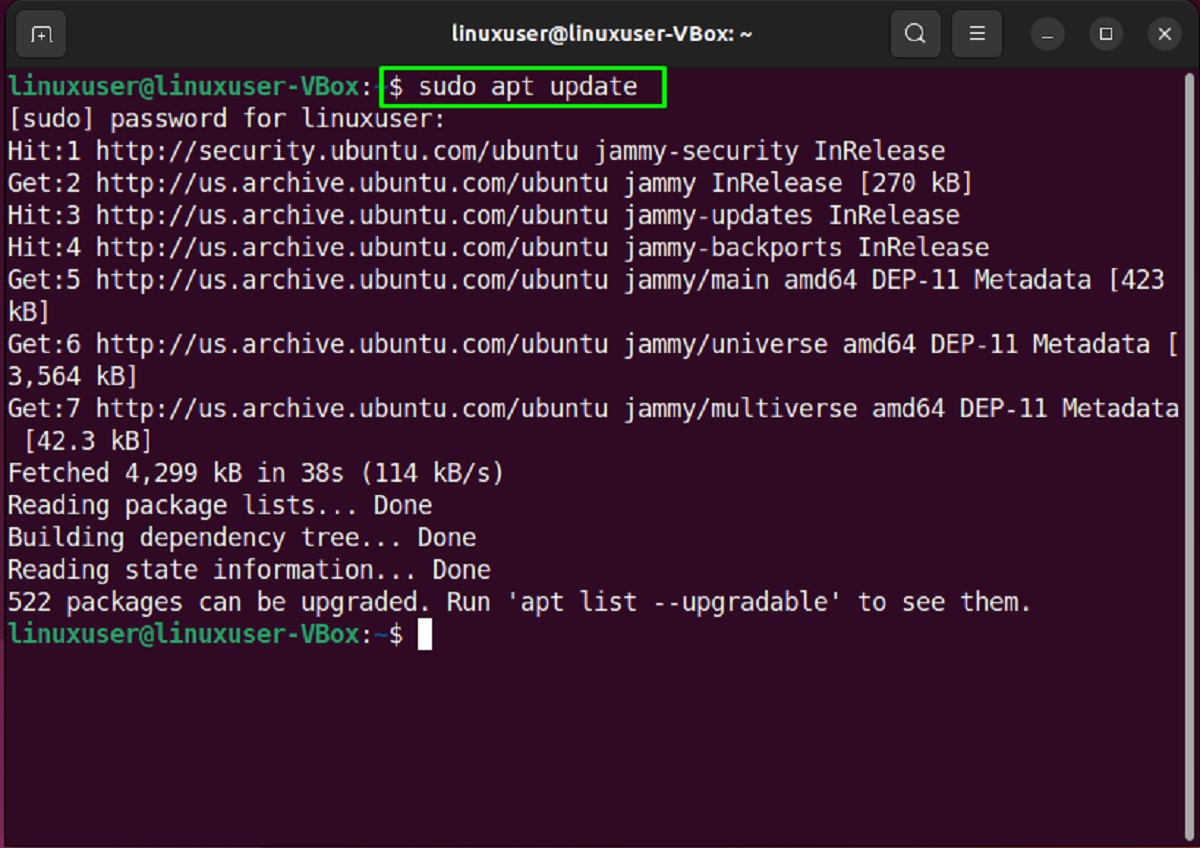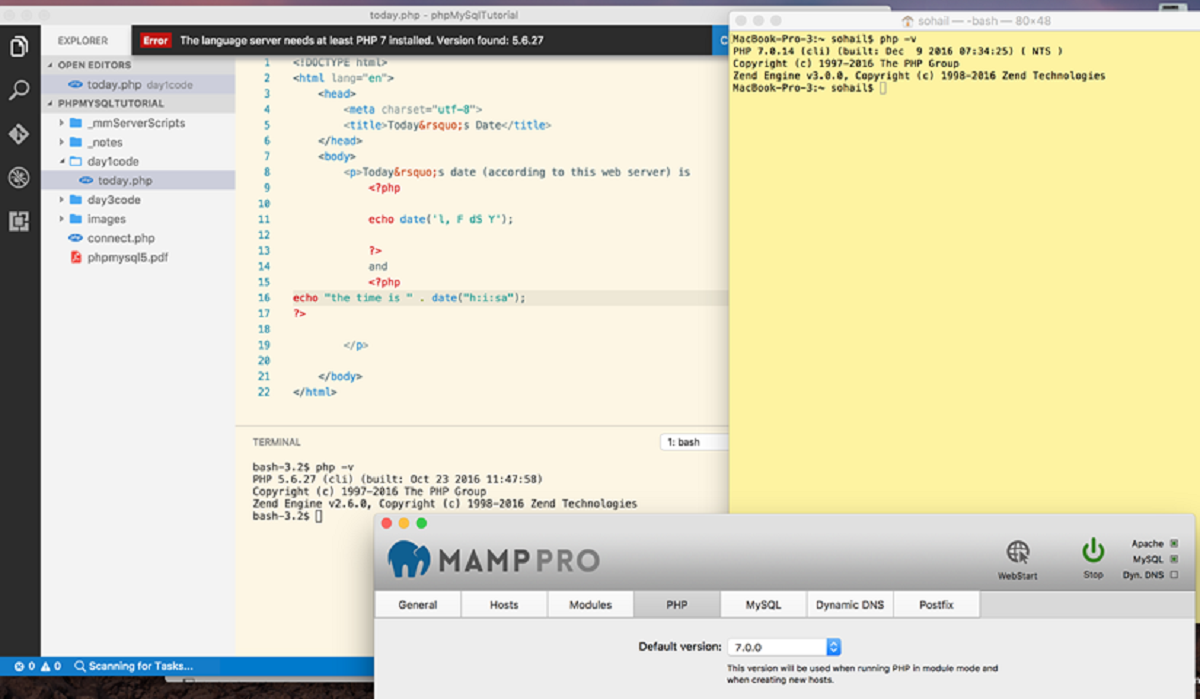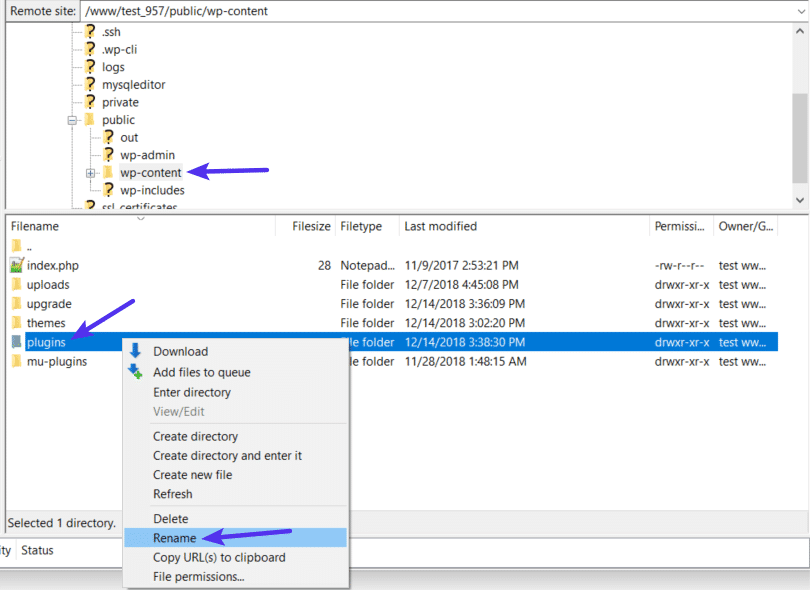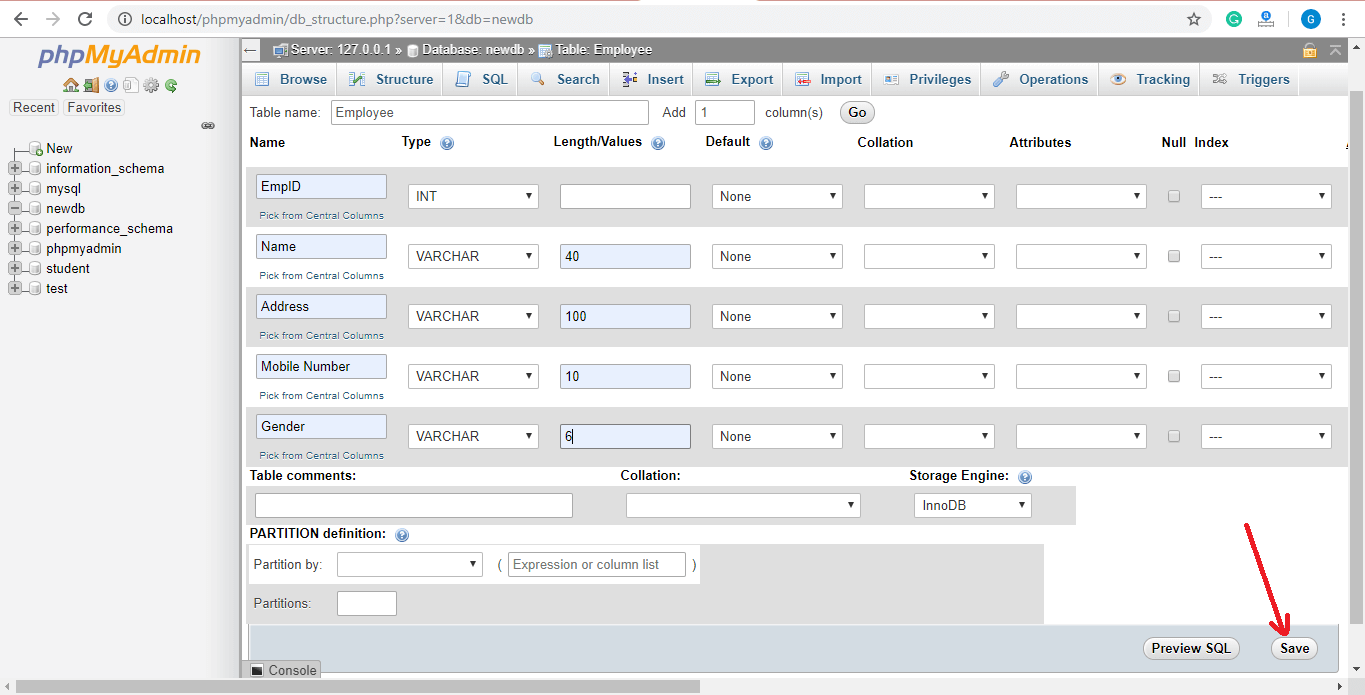Introduction
Welcome to our guide on how to get the local system IP address using PHP. IP addresses play a crucial role in computer networking and are essential for communication between devices within a network. Understanding how to retrieve the IP address of the local system is helpful for various reasons, such as troubleshooting network issues, configuring server settings, and implementing location-based functionality.
In this article, we will explain what IP addresses are and the different types of IP addresses. We will then explore various methods to obtain the local system IP address and focus on leveraging PHP to achieve this. By the end of this guide, you will have a clear understanding of how to retrieve the local IP address using PHP and be able to utilize this knowledge in your own projects.
Before we delve into the technical details, let’s have a brief overview of IP addresses. An IP address is a unique numerical identifier assigned to each device connected to a network. It serves as a virtual address that facilitates the communication and routing of data packets between devices. In simple terms, it’s like the phone number of your device in the digital world.
There are two main types of IP addresses: IPv4 and IPv6. IPv4 addresses consist of a series of four numbers separated by periods (e.g., 192.168.0.1), while IPv6 addresses are longer and consist of eight groups of alphanumeric characters (e.g., 2001:0db8:85a3:0000:0000:8a2e:0370:7334).
Now that we have a basic understanding of IP addresses, let’s move on to the methods we can use to obtain the local system IP address. Next, we will explore how PHP can be utilized to accomplish this task.
Understanding IP addresses
Before we embark on exploring the ways to retrieve the local system IP address using PHP, it is essential to have a clear understanding of what IP addresses are and how they function.
An IP address, which stands for Internet Protocol address, is a unique numerical identifier assigned to each device connected to a network. It serves as a virtual address that allows devices to communicate and exchange data over a network.
There are two main types of IP addresses in use today: IPv4 and IPv6.
IPv4: IPv4, or Internet Protocol version 4, is the most widely deployed IP addressing system. It assigns 32-bit addresses to devices, represented as four sets of numbers separated by periods. Each set can range from 0 to 255. For example, an IPv4 address could be something like 192.168.0.1.
IPv6: IPv6, or Internet Protocol version 6, was introduced to overcome the limitation of the IPv4 addressing system. It uses a 128-bit address format, allowing for a significantly larger number of unique addresses compared to IPv4. IPv6 addresses are represented as eight sets of alphanumeric characters, separated by colons. For instance, an IPv6 address might look like 2001:0db8:85a3:0000:0000:8a2e:0370:7334.
IP addresses serve several essential functions in computer networks. They enable devices to identify each other and establish communication within a network. They also play a vital role in data packet routing, ensuring that information reaches the intended destination. Additionally, IP addresses are instrumental in implementing network security measures, such as firewalls and access control.
It’s worth noting that IP addresses can either be public or private. Public IP addresses are assigned by the Internet Service Provider (ISP) and are unique globally. They allow devices to communicate over the internet. On the other hand, private IP addresses are used within local networks and are not directly accessible from the internet. They are reserved for local network use and are usually assigned by home routers or local network administrators.
Now that we have covered the basics of IP addresses and their significance in network communication, let’s delve into the methods to obtain the local system IP address using PHP.
Ways to get local system IP address
There are several methods to obtain the local system IP address, depending on the operating system and programming language being used. In this section, we will explore some common ways to retrieve the local IP address.
- Using the Command Line: On most operating systems, you can use the command line interface to find the local IP address. For example, on Windows, you can open the Command Prompt and type “ipconfig” to display network information, including the IP address. On Unix-based systems, you can use the “ifconfig” command to retrieve the IP address.
- Checking Network Settings: Another way to find the local IP address is by checking the network settings on your device. On Windows, you can navigate to the Control Panel, open the Network and Sharing Center, and click on the active network connection to view the IP address. On macOS, go to System Preferences, click on Network, and select the active network interface to see the IP address.
- Using Online IP Lookup Tools: There are various online IP lookup tools available that can provide you with the local system IP address. These tools typically display the IP address of the device accessing the webpage. Simply enter “IP lookup” or similar keywords in a search engine to find these tools.
- Using Programming Language Functions: Most programming languages, including PHP, provide functions that allow you to retrieve the local IP address programmatically. These functions can directly fetch the IP address without the need for manual configuration. In the following section, we will focus on utilizing PHP to obtain the local system IP address.
These are just a few of the ways to obtain the local system IP address. The method you choose may depend on the operating system you are using and the level of automation you require in your application. Now, let’s explore how we can retrieve the local system IP address using PHP.
Using PHP to get the local system IP address
PHP provides several built-in functions that allow us to retrieve the local system IP address programmatically. In this section, we will explore two commonly used methods to obtain the local IP address using PHP.
Method 1: Using the $_SERVER SuperGlobal Variable:
PHP provides the $_SERVER superglobal variable, which contains information about server and execution environments. Among the numerous values stored in $_SERVER, the ‘REMOTE_ADDR’ key holds the IP address of the client making the request.
Here’s an example of how to retrieve the local system IP address using the $_SERVER variable:
$ip = $_SERVER['REMOTE_ADDR'];
echo "Local IP Address: " . $ip;
The above code will fetch the IP address of the client that triggered the PHP script. However, it’s important to note that the ‘REMOTE_ADDR’ value may not always represent the actual local system IP address. For example, if your PHP script is behind a proxy or load balancer, ‘REMOTE_ADDR’ may return the IP address of the intermediate server.
Method 2: Using the gethostbyname() Function:
The gethostbyname() function is another useful method to retrieve the local system IP address using PHP. This function takes a hostname or domain name as an input parameter and returns the corresponding IP address.
Here’s an example of how to use the gethostbyname() function to obtain the local system IP address:
$hostname = gethostname();
$ip = gethostbyname($hostname);
echo "Local IP Address: " . $ip;
The above code first obtains the hostname of the local system using the gethostname() function. It then utilizes the gethostbyname() function to retrieve the IP address associated with that hostname.
It’s important to note that the gethostbyname() function may rely on DNS resolution, so it may not work as expected in certain network configurations or if DNS resolution is disabled.
These are just two of the many methods available to retrieve the local system IP address using PHP. The method you choose may depend on your specific requirements and the network setup of your application.
In the next section, we will wrap up our discussion and summarize the key points we covered throughout this guide.
Conclusion
Obtaining the local system IP address is a fundamental task in network programming and server administration. In this guide, we explored the concept of IP addresses and the different types of IP addressing systems, namely IPv4 and IPv6. We also discussed the significance of IP addresses in facilitating network communication and routing data packets.
We then delved into various methods to retrieve the local system IP address, including using the command line, checking network settings, utilizing online IP lookup tools, and utilizing programming language functions. In particular, we focused on how PHP can be leveraged to obtain the local IP address using the $_SERVER superglobal variable and the gethostbyname() function.
It’s important to note that the method you choose may vary depending on the specific requirements of your application and the network configuration in place. It’s crucial to consider factors such as proxy servers, load balancers, and DNS resolution when retrieving the local system IP address programmatically.
By understanding how to retrieve the local system IP address using PHP, you have acquired a valuable skill that can be applied in various scenarios, such as network troubleshooting, server configuration, and location-based functionality in web applications.
We hope this guide has provided you with the necessary knowledge and tools to confidently retrieve the local system IP address using PHP. Keep exploring, experimenting, and implementing this knowledge to enhance your projects and expand your understanding of networking concepts.









